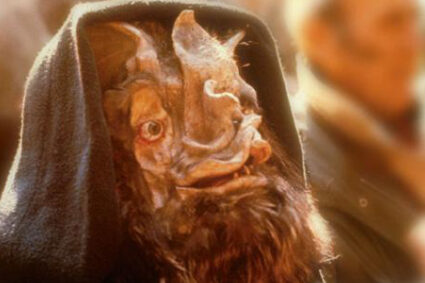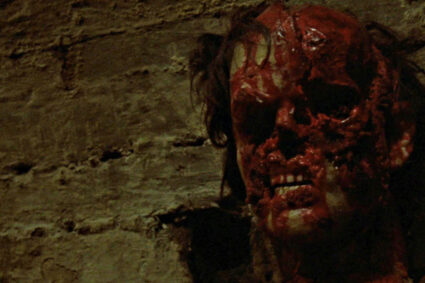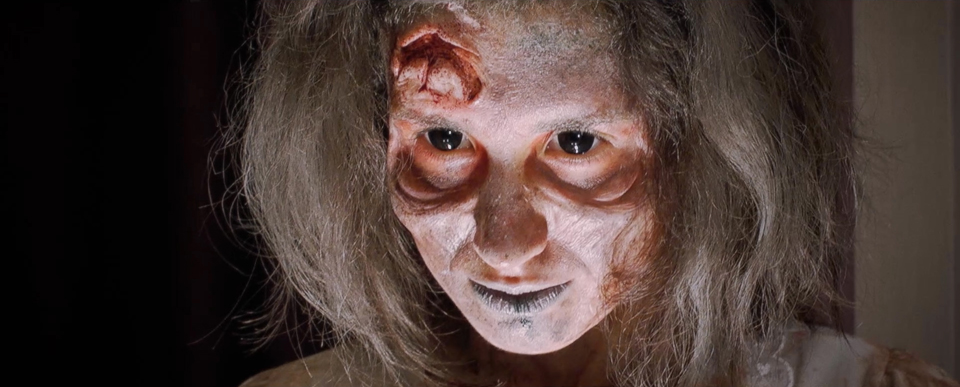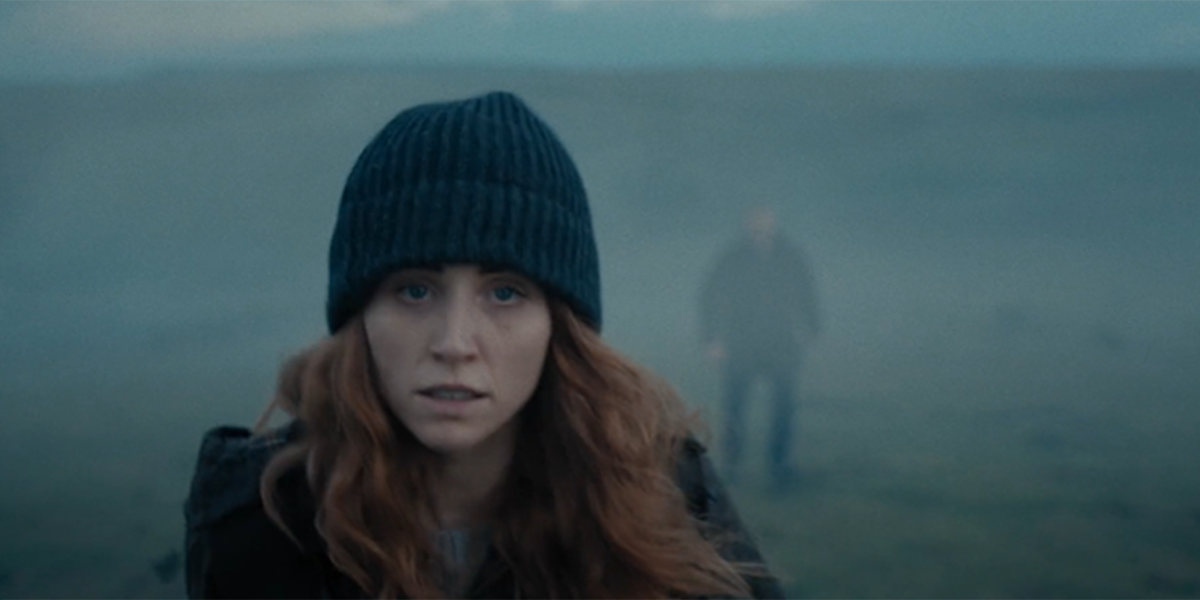
Get out your old topographical maps, dangle your magic pendulums, and set your intentions to finding dead children because you’re about to enter The Moor.
The Moor puts us in the thick of a surrealist horror/thriller that takes place 30 years after a series of child slayings dating back to 1996. The all-encompassing moorland landscape is made palpable by the beautiful cinematography, setting up a perfect backdrop for the world of British folk-horror fantasy. The muted yet powerful acting performances, mixed media, and first-person POVs keep the film grounded, giving it a true crime feel, which almost makes The Moor worth trudging through. Almost.
At first glance, The Moor seems to be about people versus endless fields of ancient peat moss, but director Chris Cronin masterfully piles on the dread, turning these swampy lands into a looming, foreboding threat. A dark secret lies buried in The Moor, more ominous than a child’s grave, ready to engulf the unwary, the only issue is it takes a while to get to the secret, and when you do, the ending is a bit murky (pun intended).
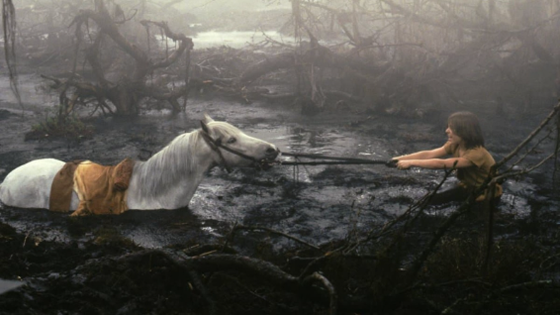
Bill (David Edward-Robertson), the father of “dead-boy” Danny, a blonde-haired boy who was abducted and murdered back in ’96 and buried in the ever-expanding, ever-ominous moorlands, is obsessed with finding the final resting place of his son.
Guilted into accompanying Bill on his obsessive grave-hunting quest is Claire (Sophia La Porta), the Final Girl, part-time Princess Merida cosplayer, and unsuccessful podcaster. Claire was partially responsible for Danny’s abduction. When they were children, she used Danny to distract a convenience store clerk as part of an ill-conceived, juvenile candy heist. While she ran off with a book bag full of stolen sweets, a child-killer ran off to the moorlands with a bookbag full of Danny.
Bill is so desperate to find his son that he turns to part-time psychic and full-time single dad Alex (Mark Peachey), who uses a dowsing pendulum over topographical maps of the moors to pinpoint search locations for Danny’s body. After several failed attempts to locate Danny based on the coordinates provided by Alex’s misguided, mystical compass, they turn to Alex’s daughter Eleanor (Elizabeth Dormer-Phillips).
Eleanor is a more powerful psychic with crazy blue eyes and a ghost companion (who’s more like a silent, invisible best friend type of ghost companion, not a hotdog munching, Slimer type of ghost companion). Eleanor’s gifts get Bill, Claire and their moor guide closer to finding Danny, but the deeper they search into the moor the MORE they put their lives at risk.
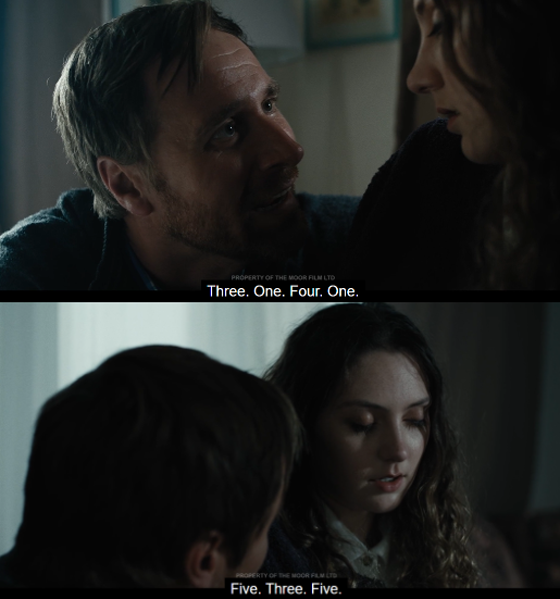
After Eleanor arrives, the movie’s action stagnates. Eleanor brings more spookiness to the film, but the story gets a bit stuck in the mud. There’s a lot of stopping and starting, and it was at this point, I boned up on what exactly a moor was. Is it a swamp? A field? Something so British that my feeble American brain couldn’t comprehend it?
Being an idiot, my only understanding of moors before watching The Moor was from a possibly racist performance of Othello by Sir Laurence Olivier, and a very racist speech by Dennis Hopper in True Romance. So, I referenced the encyclopedia BRITannica (you know…because The Moor is BRITish) to get a clear understanding of the film’s landscape of despair.
Encyclopedia Britannica: “Moor, tract of open country that may be either dry with heather and associated vegetation or wet with an acid peat vegetation. In the British Isles, “moorland” is often used to describe uncultivated hilly areas. If wet, a moor is generally synonymous with a bog.”
So, the moor in this horror feature is more of the murky, ominous, big-bad-bog-land variety (think swamp mana from Magic: The Gathering).
Related Content:
Throw 1981 to the Wolves: THE HOWLING and AN AMERICAN WEREWOLF IN LONDON Retrospectives
Outside of its folksy horror swamp vibes, here’s what else is packed into The Moor [SPOILERS AHEAD]:
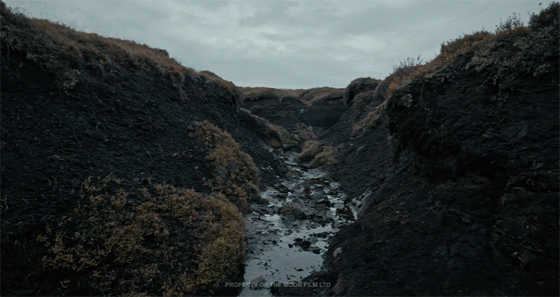
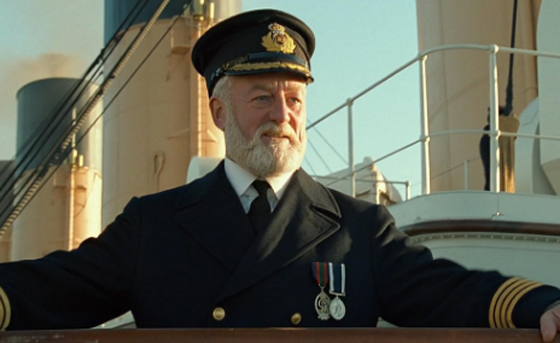
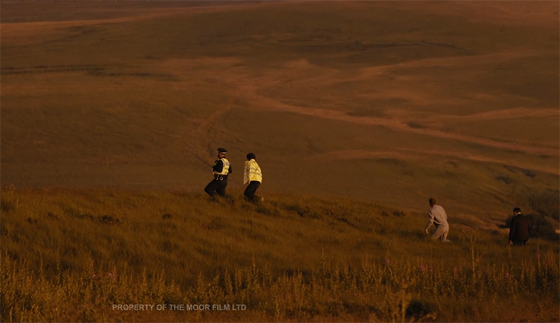
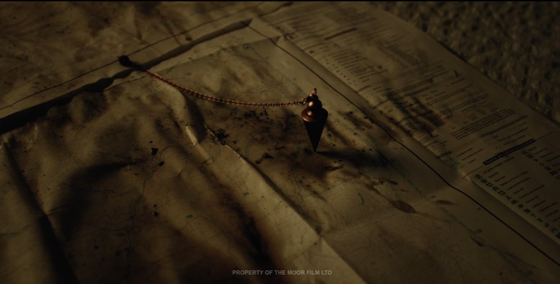
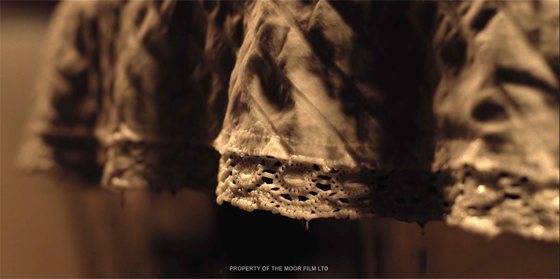
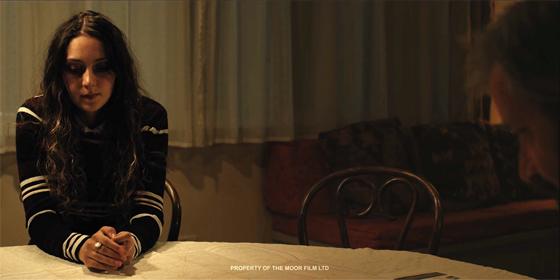
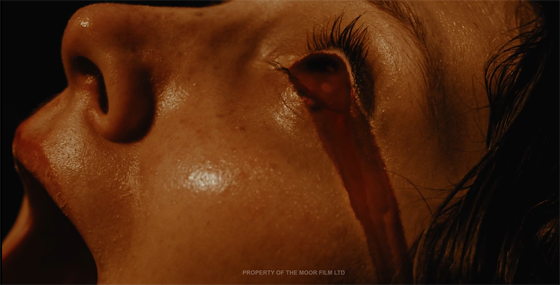
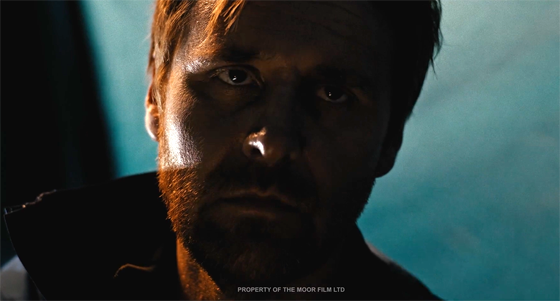
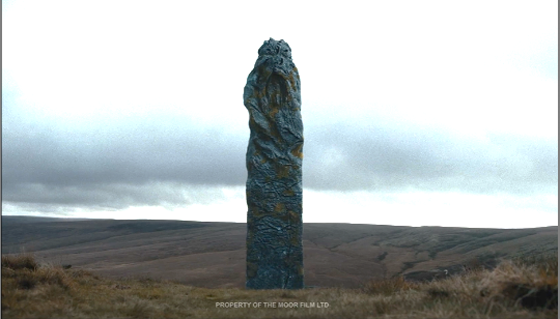
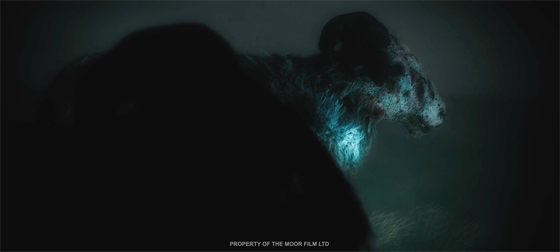
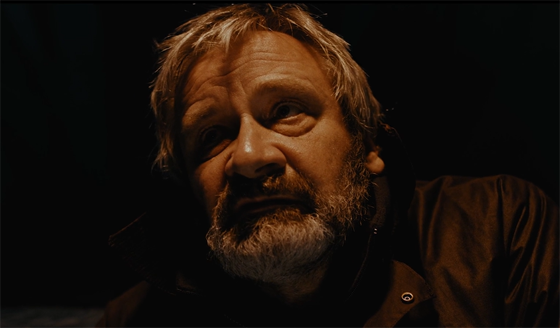
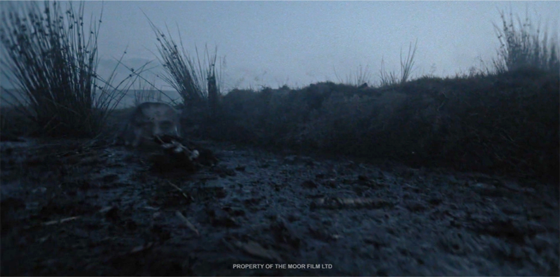
Despite all these wonderful horror elements, strong acting performances, and the film’s picturesque, gothic landscapes that are pregnant with impending dread, the story tends to get stuck in its own muck and mire and lacks a sense of urgency. The first hour of the film sets everything up nicely and is paced well, but almost exactly at the one-hour mark, right when the psychic daughter is introduced, the movie’s momentum is lost.
When a powerful psychic enters the story, you’re wanting, even half expecting, the movie to kick things up a notch in terms of action and, personally, I was hoping the movie would dive deeper into the horrifying mysteries within the moorlands. There’re only hints to the moor’s sinister past with only brief mentions of it being a place where sacrifices occurred regularly to appease an unknown, evil force.
If the film is an allegory for grief and loss, then it succeeds in creatively encompassing all the confusion and despair that comes with facing the death of a loved one, but that theme does not make for a more engaging story. All the elements for thrills and chills are within The Moor, but Bill’s breakdown, Clarie’s catharsis, and major jump scares do not pack as much of a punch because the plot is moving at the speed of a moorland muck bubble fillin’ with swamp gas.
It’s been 30 years since the child murders that took place in 1996. The child killer is about to be released from jail, but that gets left on the backburner. Claire feels obligated to help Bill find Danny’s body, but her detachment from the tragedy for most of her adult life makes her involvement feel like a low-stakes, annoying chore for most of the movie.
If we were in the center of the child abductions in 1996, if there was a ticking clock that could lead to saving Danny from being killed, if the search party didn’t constantly go out to the moors and then come back from the moors, if it was more like a desperate expedition over the course of a few days, some of the impact of the amazing ending would have made The Moor an outstanding British horror film. However, this folksy ghost story/thriller/true-crime/Blair Witch marshland quagmire tends to “muck about” with the plot and buries the story in ancient peat moss—leaving this reviewer wanting a lot more from Chris Cronin’s swamp thing.


